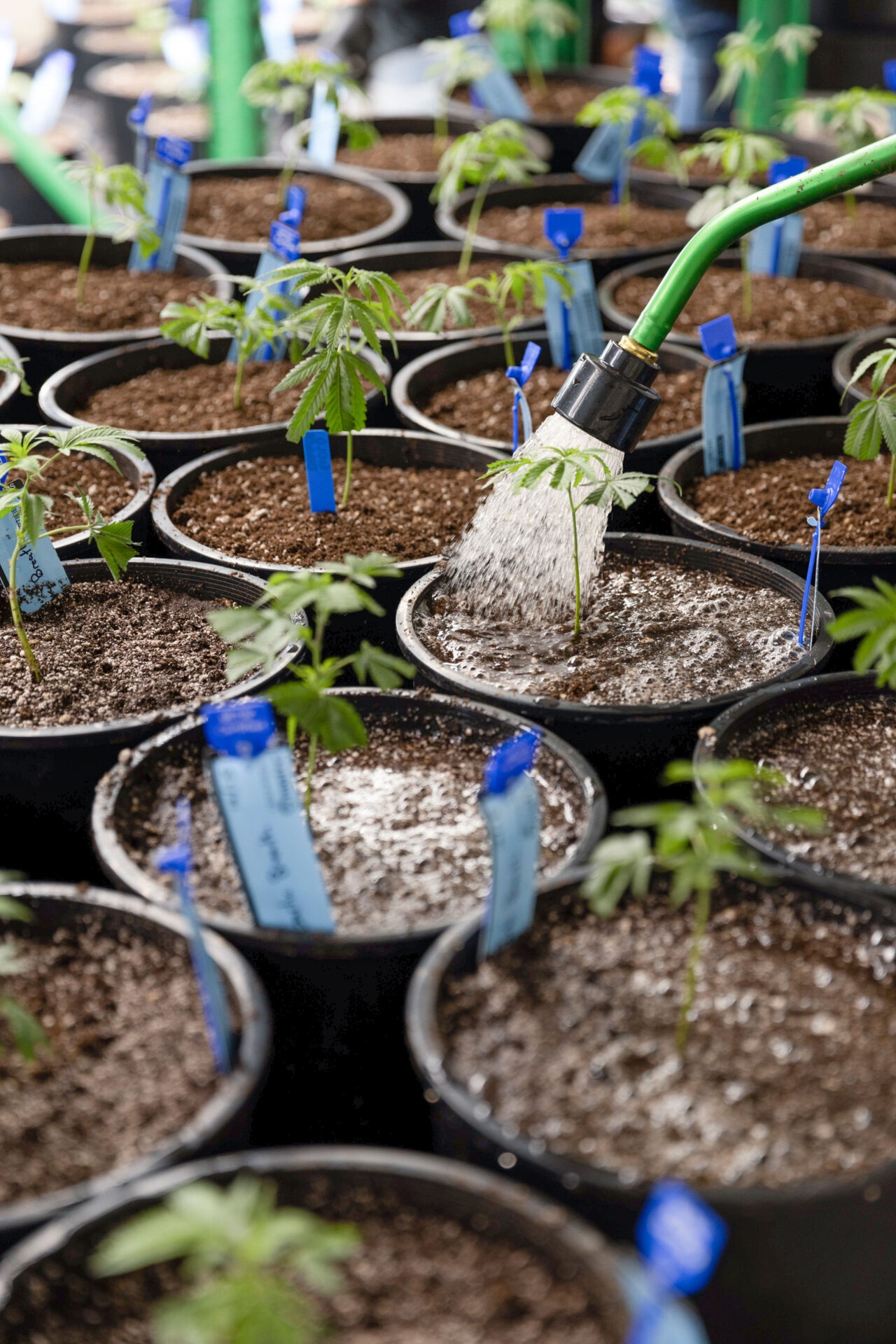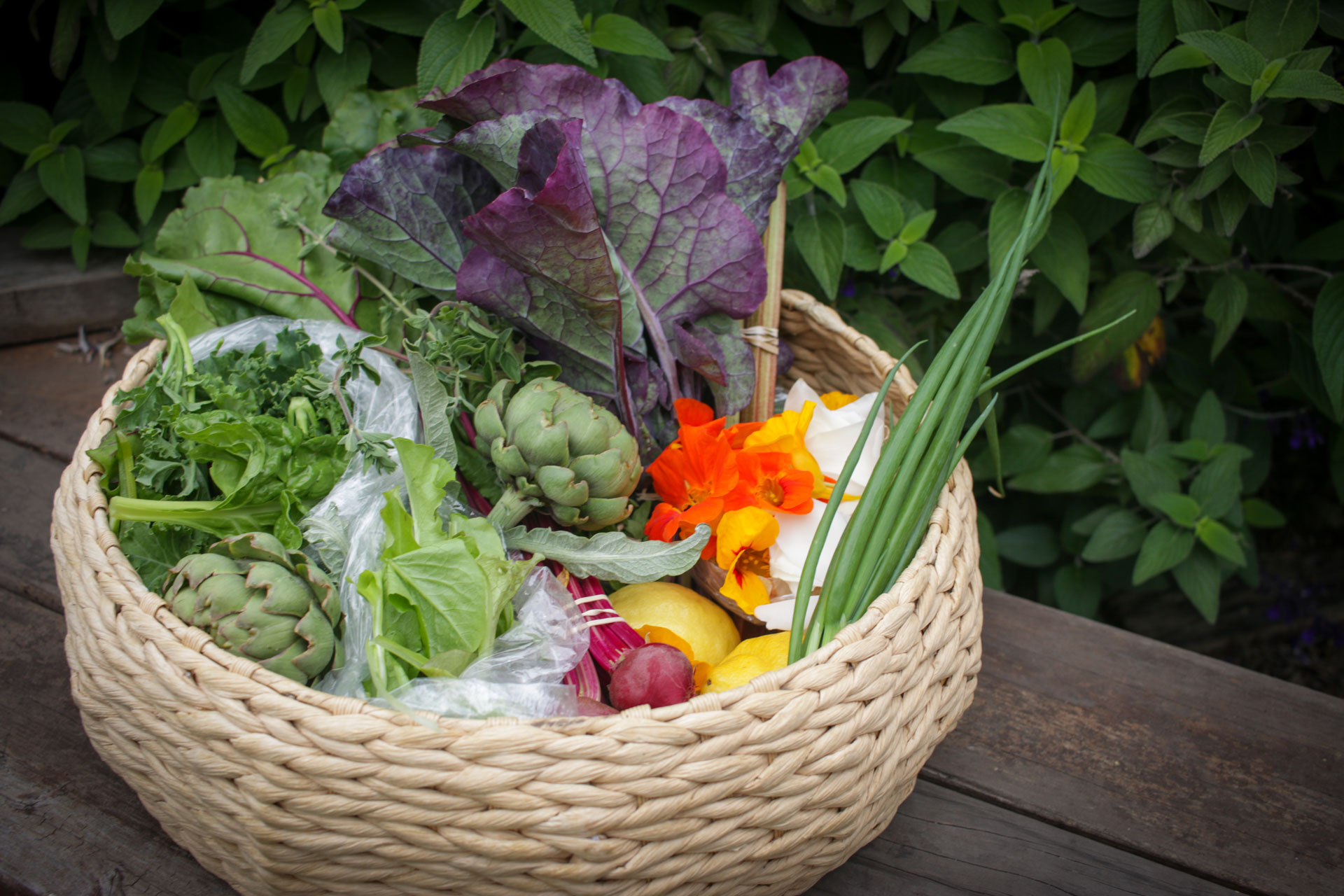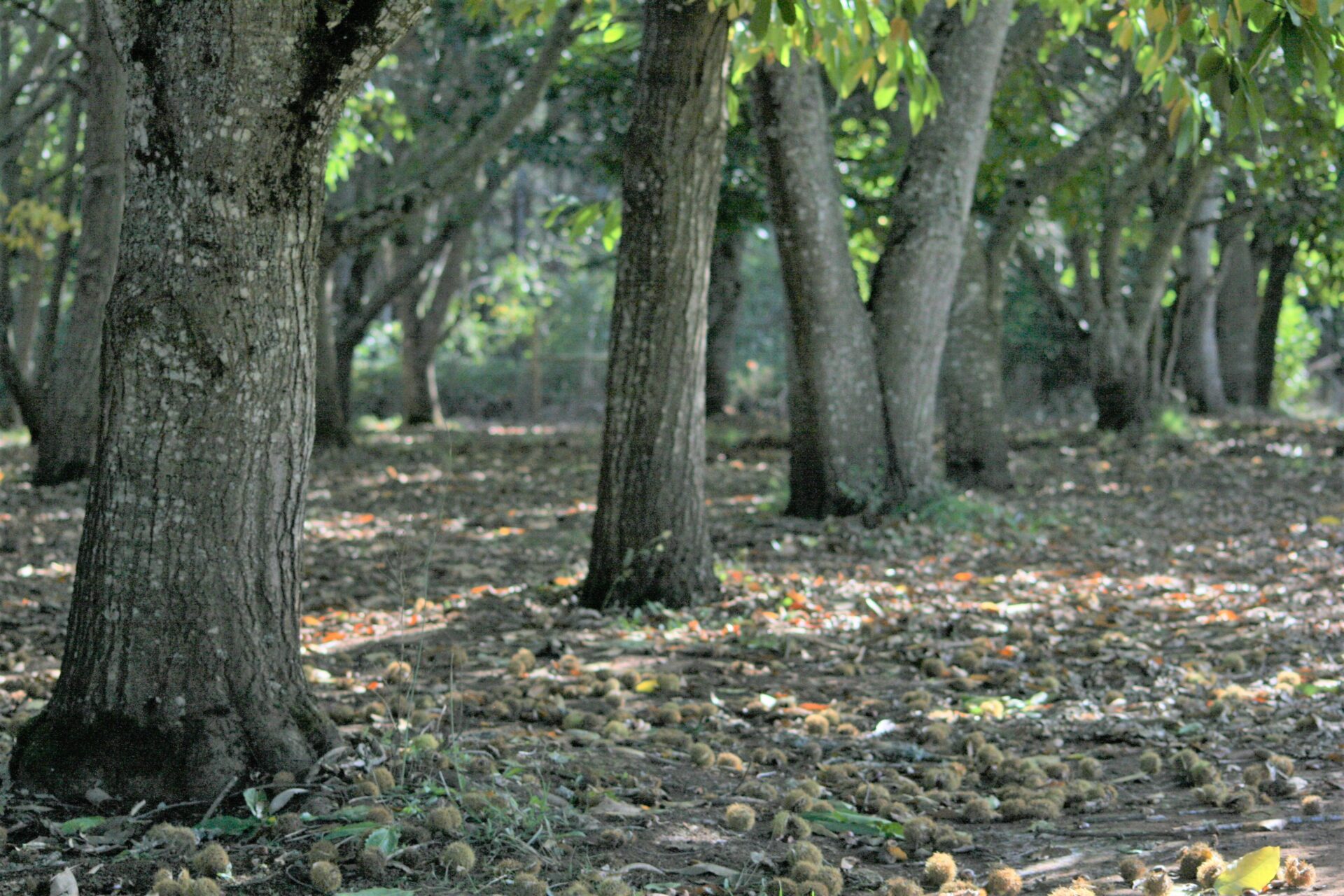Diversity, lots of hands-on labor, and staying on top of chores are three keys to the longevity and success of this Alsea, Oregon herb business. Not only do Rolfe and Janet Hagen and their daughters grow herbs using natural, organic methods, the family also grew their business in an organic way, by following the natural procession of things.
The Beginning
The couple started out with a country restaurant in the small rural town of Alsea. Janet used fresh herbs in the dishes she prepared, so she and Rolfe planted herb beds around the restaurant. The herb plants produced seeds, which they harvested and sold, resulting in The Thyme Garden Seed Company.
In 1989, the couple sold their home that Rolfe custom built—his profession before the foray into a restaurant and herbs—and bought a modest home on a nearby 80-acre parcel. The land was overgrown with blackberries, but also had old growth forest interwoven with wildland streams. Excited about the property’s potential, the couple rolled up their sleeves and started clearing briars and planting herbs. A year later, in 1990, they opened The Thyme Garden to the public.
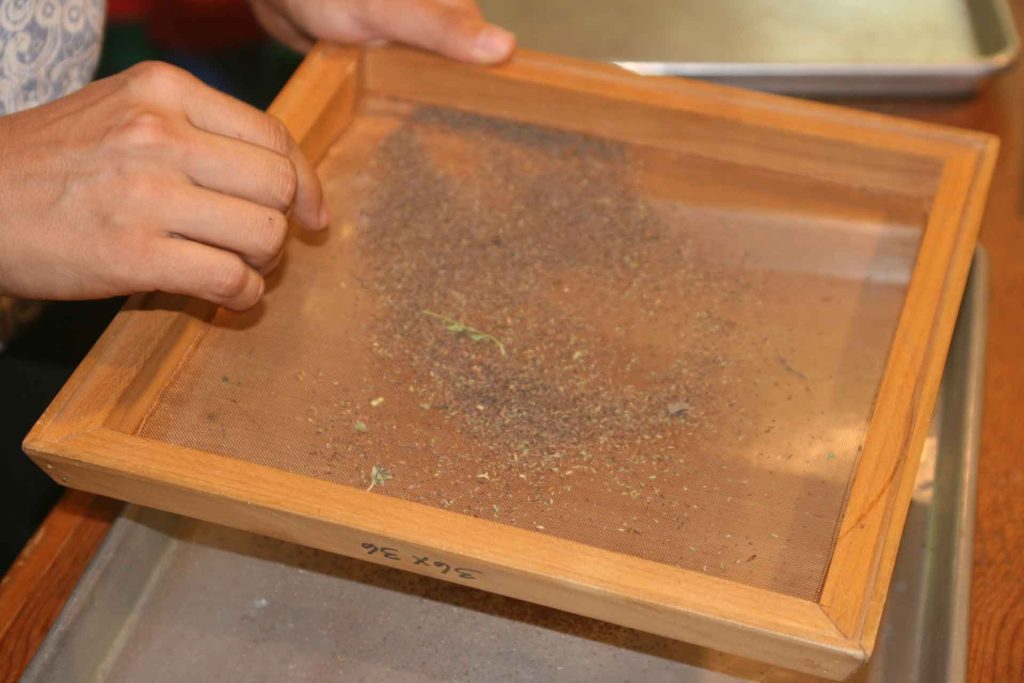
A Family Affair
Rolfe and Janet raised their two daughters among the trees, bees, butterflies and herbs. The daughters, Emily Stimac and Bethany Glanville, are now grown with families of their own.
Janet, the cook, has passed her chef torch down to Emily. Emily inherited a passion for food and experimenting in the kitchen, especially with herbs. “I like creating amazing meals with all the flavors,” she said. Emily also inherited all the juggling skills needed to organize events for a crowd.
Rolfe is the gardener; Bethany has accepted the herbal torch from him. She inherited a green thumb, a keen interest in herbs, along with a curiosity and passion for growing and harvesting plants, flowers and seeds. “That helps me a lot,” Rolfe said. “She starts all the germination of cuttings and seeds.”
“I love the herbs, knowing when the seeds are ready to harvest,” Bethany said.
Rolfe is also smitten with herbs. “I so fell in love with them. The power of what herbs can do. The power of plants, what’s going on behind the scenes, what’s going on inside that plant.”
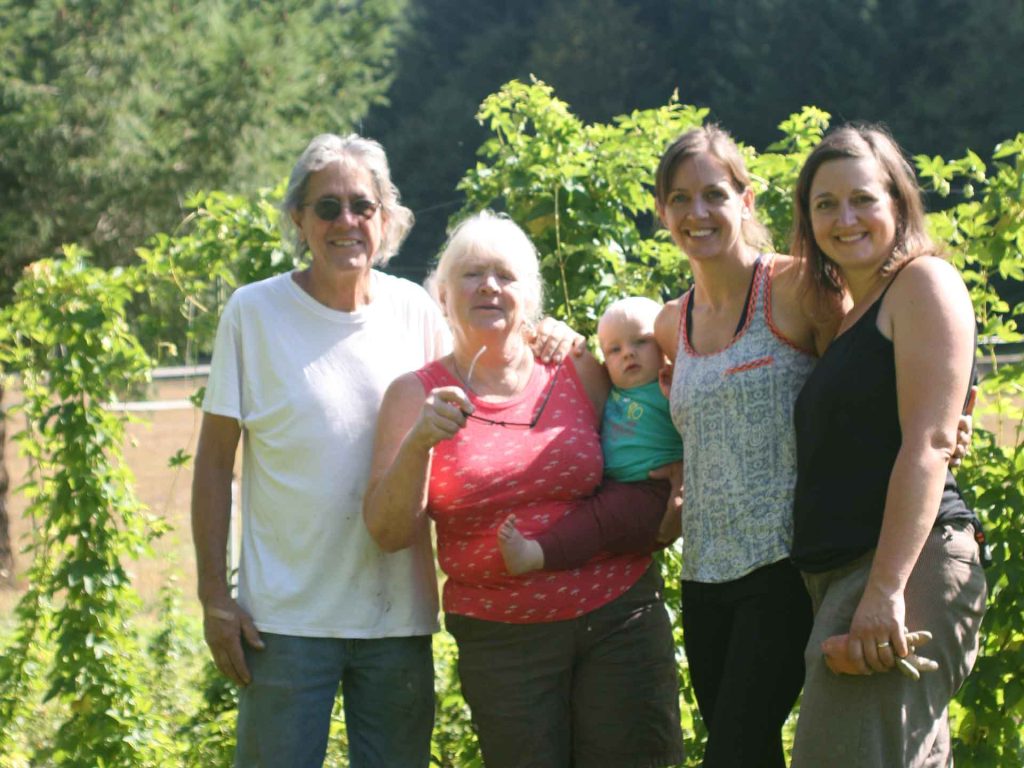
Growing the Old School Way
“All of our seeds are naturally, organically grown. We grow herbs the old school way,” Rolfe said. The family uses no systemic chemicals and no artificial fertilizers. In fact, they use no sprays of any kind in the herb garden, only in the greenhouses when pests or disease, such as aphids or fungus becomes an issue. And then they use natural products, such as insecticidal oil and pyrethrum. “It’s a contact spray. It breaks down within hours of spraying,” Rolfe said. As a fungicide they use sulfur.
About pests in the greenhouse, Bethany said, “It’s perfect growing conditions. You create this terrific oasis for things, even things you don’t want.” Both she and her dad noted that the aphid and spider mite populations have been low this year. They credit that to achieving a natural balance. In years when spider mites get out of hand—end of summer tends to be the worst—the family buys and releases beneficial insects from an outfit out of Southern Oregon.
The farm produces its own population of beneficial insects. “We have a massive amount of ladybugs,” Bethany said. “They overwinter in the ground by the fence row.” She said the ladybugs hang out around the hops field in the early part of the day. “In the afternoon you’ll hear a buzzing and see these clouds of red flying to the herb garden.” Ladybug adults and nymphs have a voracious appetite for aphids.
The herb display garden is one of the largest of its kind in the northwest. The Hagens use yellow sticky cards there to keep the leafhoppers under control. The cards are something they recently tried and are pleased with how many of the insects hopped or flew onto the traps. It pretty much took care of the leafhopper problem this year. And leafhoppers really can create a problem. They are piercing, sucking insects with toxic saliva that causes white spotting or yellowing of leaves. Along with transmitting viral diseases, leafhoppers can cause other damage, too, such as leaf curling, stunting, and other plant distortion. The Hagens sometimes put yellow sticky cards to use in the greenhouse and conservatory, too. The cards trap fungus gnats, and to a lesser degree, white flies.
In the hops field, the Hagen family hand-picks any leaves or shoots that harbor downy mildew and disposes of them so the mildew doesn’t spread. They also lop off the first new shoots of vine growth in the spring, which, because of the wet spring weather, are more susceptible to mildew. “We remove the primary shoots and let the secondary growth come out,” Rolfe said. If downy mildew strikes the hops later in the season, they use a spray of potassium bicarbonate, which is another form of Epsom salts. It changes the pH of the leaves, which effectively fights mildew. The potassium bicarbonate then breaks down into fertilizer. The Hagens also discourage mildew by watering in the morning, and not late in the day, so the leaves have a chance to dry before nightfall.
If spider mites prove a problem in the field or garden, the Hagen family cuts, bags and throws away the affected plant parts. “It’s a lot of physical labor removing stuff,” Bethany said. “We do a lot of pruning back and dumping.” As much as the Hagens would like to compost everything, diseased or mildewed plant bits are the exception and go in the trash.

Clean Up
Clean up is a large part of the process at season’s end, especially in the greenhouses. “Less habitat for things to grow in,” Bethany explained. For the overwintered greenhouse stock plants, such as scented geranium, the Hagens use an all-purpose, slow, sustained-release fertilizer from Down to Earth in Eugene, Oregon. They take the stock plants out of the pots “fluff the roots” and repot.
When planting hop rhizomes, which the family has grown commercially now for 15 years, they stir a three-manure mulch mixture (horse, cow and chicken manure) into each planting hole.
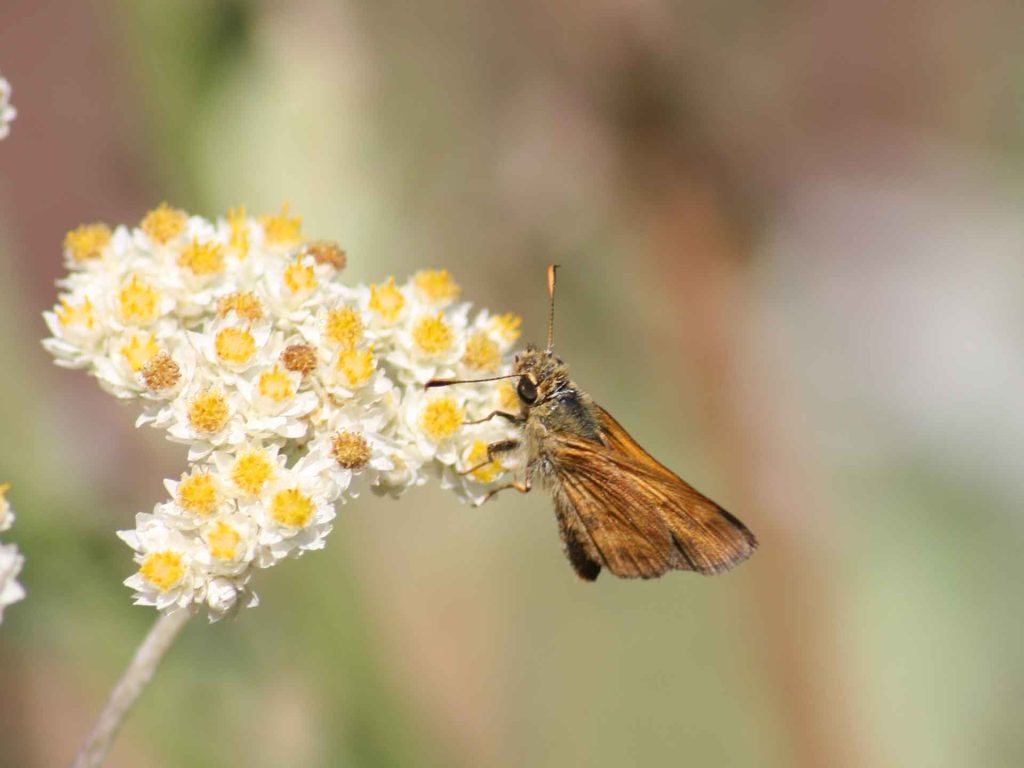
Seed Collection
The end of summer and into fall is seed collecting time. Seed is gathered by hand into paper bags, dried in Rolfe and Janet’s house. Next comes winnowing the chaff from the seed with a set of different sized screens, or with an air separator that Rolfe made. The seeds are labeled and stored in plastic lidded containers in the seed room. Bethany fills 10 packs of each variety at a time—The Thyme Garden sells nearly 500 different varieties. “We want the seeds to be as fresh as possible when we ship them out,” Bethany said.
Each seed variety has a story. For instance, the African savory came from a woman in Africa 25 years ago. She didn’t have two dollars in American currency for the herb seed she wanted to order, so she offered to trade some savory seed. Janet and Rolfe took her up on the offer. The plant has been a favorite of the Hagen family ever since.
Janet reuses the seed-collecting bags season after season. Each year she makes notes on the brown paper bags about harvest amounts. “I’m keeping track to see if climate change is affecting our plants and seeds.” The verdict? So far, she has not noticed an adverse effect.
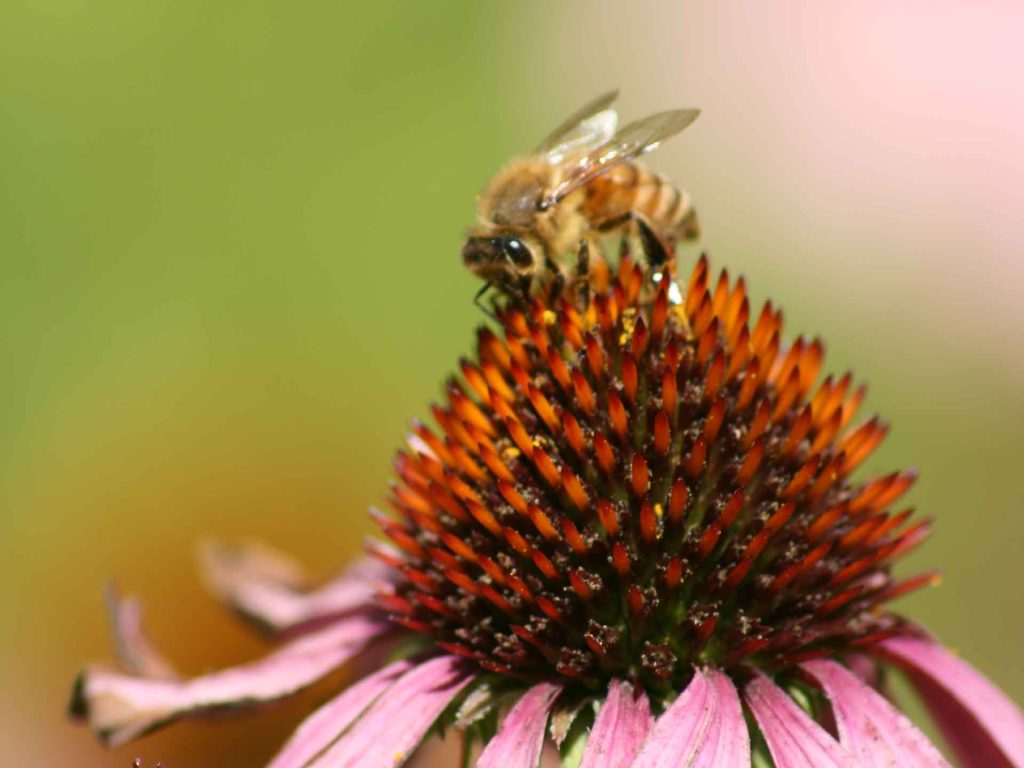
Special Events
Over the years, The Thyme Garden business has matured and evolved. It’s no longer simply a mail-order seed company and herb nursery, it’s become an event destination for weddings, and for special celebrations put on by the family with the herb display garden and the forest as backdrops.
Luncheons are a big draw. There are farm tours and luncheons, and classes and luncheons. The family also puts on a few special events each year, such as the Fall Salmon Celebration when, for the price of a ticket, the public is invited to enjoy appetizers and watch salmon spawn in one of the two streams that run through the property. In 2002, the family started a salmon restoration project. What started with two pairs of salmon has grown to more than a dozen pairs returning to spawn after years at sea.
All the hand work involved—hand weeding, hand growing potted herbs for sale to the public, and hand harvesting herb and flower seeds, and hop rhizomes—is a true labor of love for the Hagen family. They share a passion for nature, and a reverence for good food and good company amid the delicate balance and beauty of the natural world.



